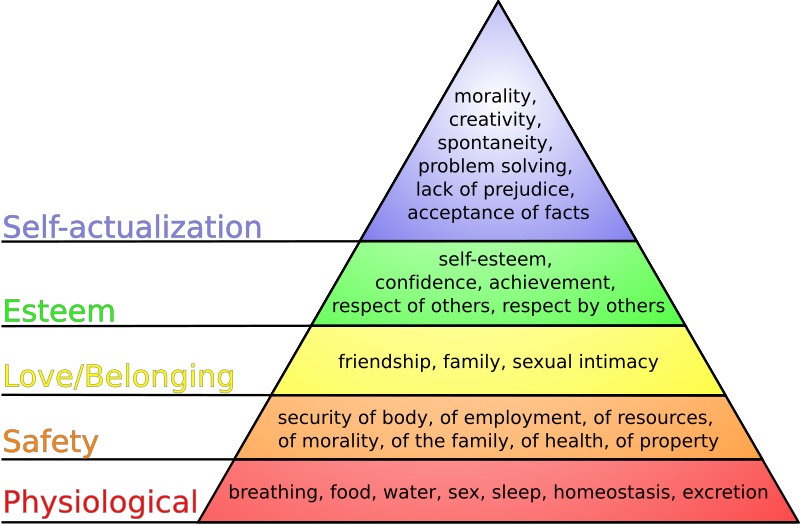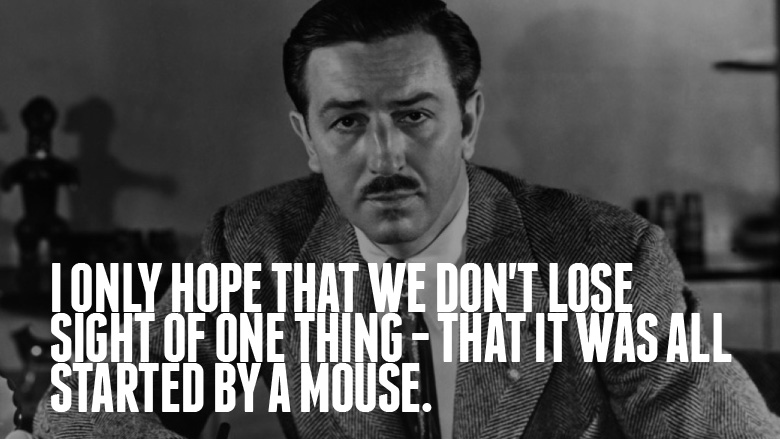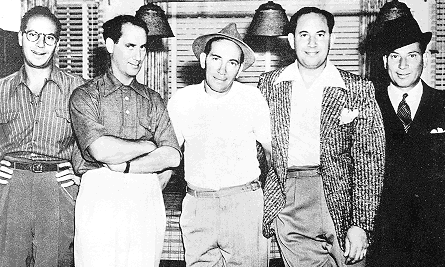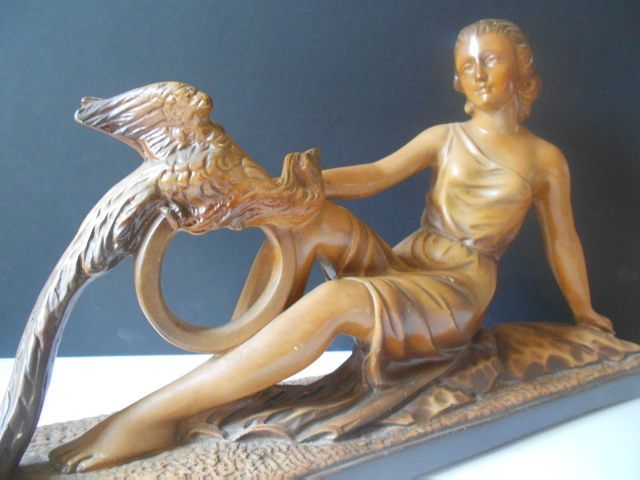I found an interesting article with a short overview of the differences between Blues and Jazz, in case anyone feels like learning a bit more about this:
Press here
"Blues is a simpler and more rigidly structured form of music than jazz. Blues is usually intended to convey a feeling of sadness (via flatted notes), and usually uses simple chords with emphasized downbeats, whereas jazz is usually intended to convey a feeling of cheerfulness (via syncopated rhythm), and usually uses complex chords with emphasized upbeats. In short, blues is basically a fixed chord progression whereas jazz is a general style of rhythm and chord embellishment.
A "blues" composition is based on a certain fixed chord progression that is exactly 12 bars long, and typically uses a certain scale (viz., the 5-note minor pentatonic scale or the 6-note blues scale) for the melody/solo, whereas "jazz" is a more general term that describes a musical style that uses certain types of chords (viz., chords containing four or more notes in stacked thirds), certain rhythms, and is less limited in the scale that is used (though typically a 7-note scale like the major scale is used). Jazz compositions are not limited in the number of bars or in the underlying chord progression, unlike blues compositions.
The two styles are not mutually exclusive. For example, blues compositions can be played in a jazz style by adding notes in stacked thirds to the original blues chords (e.g., C can be changed to C7 or C9 or C11 or C13). The result is a "busier," more complex, more interesting, slightly more dissonant set of chords. This is where the term "jazz it up" comes from: it means to make something fancy out of something plain.
More specifically, the basic 12-bar blues chord progression in general (keyless) notation is:
I I I I IV IV I I V V I I
For example, in the key of "C" these chords would be:
C C C C F F C C G G C C
Innumerable pop and rock songs, especially from the 1960s, use this same general blues chord progression, such as "Johnny B. Goode," "Jailhouse Rock,"' "Hanky Panky," "Green Onions," "Long Tall Sally," "Surfin' USA," and "Going Up the Country."
In contrast, almost any existing composition, even if originally a pop song, rock song, or Christmas carol that does not even use the above chord progression, can be turned into a jazz composition by enhancing the chords as described above. This has been done many times to popular or standard songs such as "Day Tripper," "Windy," "Over the Rainbow," "What Child Is This," "Oh, What a Beautiful Mornin'."
The main similarity of blues and jazz is merely historical: blues turned into Dixieland jazz, which often used blues chord progressions, but then developed into the more familiar modern styles of jazz, which has typically used complex chords ever since the 1940s. In their modern forms, blues and jazz usually sound quite different in their mood due to the aforementioned differences of their underlying musical structures, except when blues is played in a jazzy style.
There was a quote from William Farris saying
'The difference between jazz and blues is really a difference of class and education'
this is basically saying that the blues musicians had no education, they just played to relieve their woes, but jazz players had an education in music and knew what to do"























